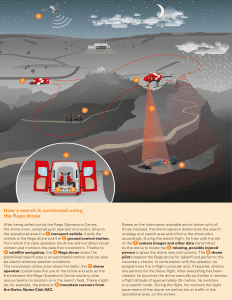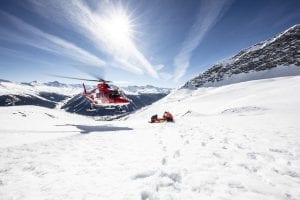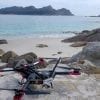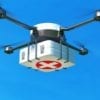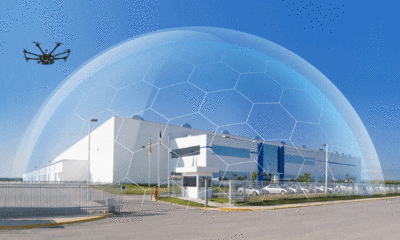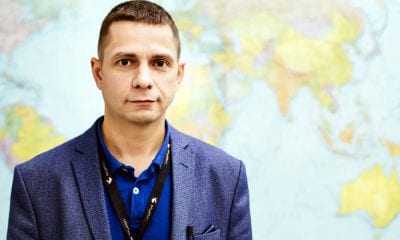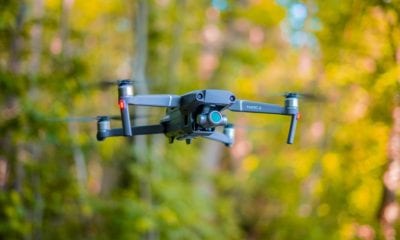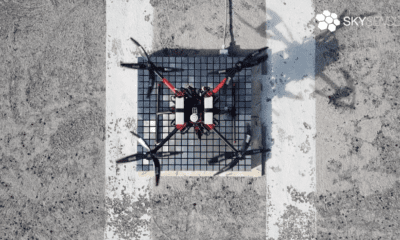News
Swiss Air Rescue Service Rega Develops New Drone
Drones are forming an important part of search and rescue or first responder teams with success thanks to improving technology. Now Swiss air rescue service Rega has developed a new– drone that can autonomously scan large areas and identify tool in the search for missing persons.
The heat-seeking drone is designed to help its human rescue teams find people who are lost, injured or ill in the mountains of Switzerland and Lichtenstein, where Rega operates.
The small drone is equipped with infrared and daylight cameras, a mobile phone tracking function, and an array of on-board sensors. The Rega drone is able to scan large areas of terrain for anyone who has got themselves into trouble in the mountains. It can spot a phone within an uninhabited area from hundreds of metres away – and therefore usually its owner.
The drone’s software has been contributed by the university ETH Zurich– its custom-made algorithms crunch the data coming through from the various cameras on the Rega drone and identify potential sightings of people and transfer the pixel pattern of collected images relaying information of any presumed humans back to the operator on the ground.
It can work in poor visibility conditions, a stumbling block for the standard air rescue helicopters.
Its features are:
- A helicopter like structure with three rotor blades 6.5 ft in diameter.
- Designed to fly at an altitude of 80-100 meters (262-328 ft).
- Uses satellite navigation techniques to methodically cover a predefined area autonomously.
- Anti-collision systems for avoiding power lines and other aircraft.
- An emergency parachute fitted.
- Won’t be sent over airports or heavily populated areas.
Rega, a private non-profit company, developed the drone after failing to find a suitable solution already on the market when they were looking for a device that could cover great distances and run for hours beyond the sightline of a human operator.
Stressing that the Rega drone is not intended to replace human rescuers; rather, it is a tool to help its teams work faster Sascha Hardegger, Rega head of helicopter operations who led the project said, “Even if the drone is unmanned and can fly autonomously, it still needs a well-trained drone crew, comprising an operator and a pilot, to coordinate the search with the various rescue teams and to deploy the drone effectively,” adding, “Difficult person searches only have a chance of succeeding if all the rescue teams involved work closely together. If the search for an ill or injured person proves successful, a Rega helicopter or other form of rescue will still be needed to recover the person or fly medical assistance to the site of the incident.”
Rega is currently trialling the drone in collaboration with Swiss police. The drone has already been a year and a half in testing and should be ready to embark on solo missions sometime in 2020, Rega has said. Rega ran 160 air searches for missing people in 2018, and the new drone should end up making a real difference in locating people and saving lives.










